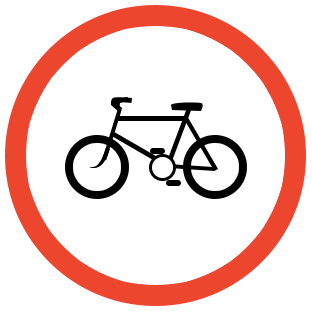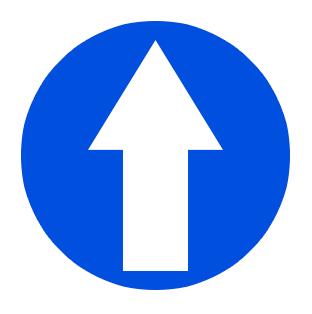
Getting Started
Step 1: Apply for your Driver Theory Test
Before you can apply for your Learner Permit, you must pass the theory test. Candidates are tested on their general road safety knowledge and motoring legislation. The test covers areas such as:• The rules of the road
• Risk perception
• Hazard awareness
• Good driving behaviour
• Eco-driving
A theory test certificate must be obtained before you can apply for your Learner Permit. You can apply for your theory test before your 17th birthday but it will not be valid until your birthday.
For more information on the theory test and to apply online visit Driver Theory Test or simply call 1890 606 106.
Step 2: Eyesight Report Form
A first-time application for a learner permit must be accompanied by a satisfactory eyesight report form D502. This report may be completed by a registered opthalmic optician or medical practitioner. You must sign the eyesight report form in the presence of the optician or doctor. The certificate is then valid for one month.This document certifies that your eyesight is adequate for driving. It is also required if there is any change with your eyesight and is necessary for all permits and licences.
Step 3: Medical Report Form
This document certifies that you are fit to drive. You only need to complete a medical report form if:• You are over 70 or will be 70 on the day your licence is issued;
• you answer ´Yes´ to any of the medical questions on Application Form D201;
• you require a licence for a category of vehicle other than an ordinary car.
To have the form completed, make an appointment with a doctor.
Step 4: Complete the Learner Permit Application Form D201
The Learner Permit Application Form D201 is not available to download but is available from your local motor tax office, public libraries and Garda Stations.Step 5: Return all documentation to your local motor taxation office
Remember to also include the following in your application:• Proof of your identity. This could include your:
a. original birth certificate;
b. original passport;
c. original certificate of registration from the Garda National Immigration Bureau.
• Two identical recent passport type photos signed by you on the back;
• Appropriate fee (do not enclose cash);
• Eyesight report;
• Medical report (if required);
• Theory Test Certificate.
Step 6: You will receive your Learner Driving Permit
You will receive your Learner Permit by post. You are now legal to take driving lessons.Step 7: Contact Adrian´s School of Motoring
As you are now eligible to take driving lessons contact Adrian´s School of Motoring on 087 744 0913 or email us[/B] to book your first driving lesson.The first step to getting your driving licence is to pass the Theory Test. This is a computer based test of general road safety knowledge and motoring legislation. The test is designed to check knowledge of topics such as: • Rules of the Road • Risk perception • Eco-driving • Hazard awareness • Good driving behaviour You will have a chance to take a practice session on the day before starting on the actual test. If you have special needs please contact the Driver Theory Service and explain your requirements.
You can view more information and book your test online on the official Theory test site. You must pass this test before you can apply for your learner permit
Before you can start taking driving lessons, you will need to obtain a Learner permit. To apply, you must be aged 17 or over and have passed the theory test.
Learner permits are processed and issued by NDLS.
You can download the application form here



